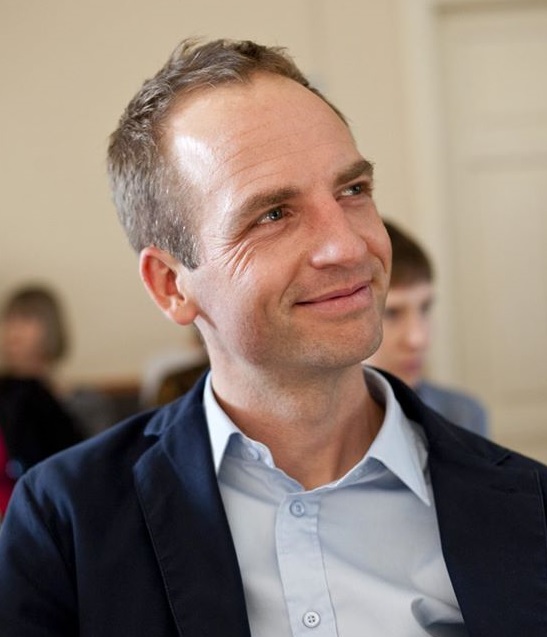The government has for the first time admitted that its flagship “Family 500 plus” child-benefit programme has not led to an increase in births in Poland, as it was intended to do, reports Business Insider.
The number of babies born in Poland “has not increased and will not increase” as a result of the policy, admitted Barbara Socha, the deputy minister for family, labour and social policy and government spokesperson for demographic issues.
Her words reflect the reality of official data, which show that the number of births (green line in the graph below) rose after the introduction of “500+” in spring 2016, but has now fallen back to the same level as before the programme began.
GUS:
W październiku urodziło się 33 tys. dzieci (35 tys. rok temu)Zmarło 34,5 tys. osób (36,1 tys. rok temu)
Suma urodzeń za ostatnie 12 miesięcy to 376 tys. Najmniej od 3 lat
Deficyt demograficzny największy od II WŚ
O 34 tys. więcej osób zmarło niż się urodziło w ostat 12m pic.twitter.com/UomemlHSnO— Rafał Mundry (@RafalMundry) December 23, 2019
As recently as last June, the prime minister, Mateusz Morawiecki, was claiming that the programme has been “the best investment in the future of our nation” because “already today we see many more children being born”.
In an interview with Radio Wnet, however, Socha admitted that the number of births had not “increased radically”. But she argued that Poland’s preexisting demographic deficit was to blame.
“No programme can result in ten women giving birth to more children than 100 women,” she said. “It is a matter of the moment we have arrived at in Poland’s demographic structure.”
Launched in 2016 on the back of PiS’s election promises the year before, the “500+” scheme initially gave a monthly payment of 500 zloty to every family for each child from the second onwards. The poorest families also received the money for their first child, and last year the programme was expanded to also cover the first child in every family.
The main stated aim of the programme, which currently costs more than 42 billion zloty per year, was to boost Poland’s birth rate, which is among the lowest in the world. Government figures insisted it was a “pro-demographic” policy, rather than just a social benefits scheme.
An initial rise in births was hailed as evidence of success by ministers, but demographers always warned that it is impossible to draw reliable conclusions on such a short-term basis, notes Business Insider. The subsequent decline in births means that by October 2019, Poland’s demographic deficit – the gap between the death and birth rates – was the highest since the Second World War, notes economist Rafał Mundry.
Last year, a report on the policy by the FOR think tank criticised the policy. As well as failing to have an impact on the birth rate, it argued, the programme has been unnecessarily costly by not employing a means-tested method to aid poorer families, and has also had the effect of encouraging 100,000 women to leave the job market.
Despite failing in its main stated aim, the policy has proved popular among the public. It is widely credited as a major factor in PiS’s continued popularity, which delivered the party a second term at October’s parliamentary elections.
The programme has also been credited with contributing to a decline in the number of Polish families living in poverty (though the latest data, for 2018, show that the proportion living in extreme poverty began to rise again).
New official data show that the percentage of people living in extreme poverty in Poland (the red line) has fallen…
Opublikowany przez Notes from Poland Środa, 30 maja 2018
Main image credit: Kancelaria Premiera/Krystian Maj (under public domain)

Ben Koschalka is a translator, lecturer, and senior editor at Notes from Poland. Originally from Britain, he has lived in Kraków since 2005.




















